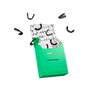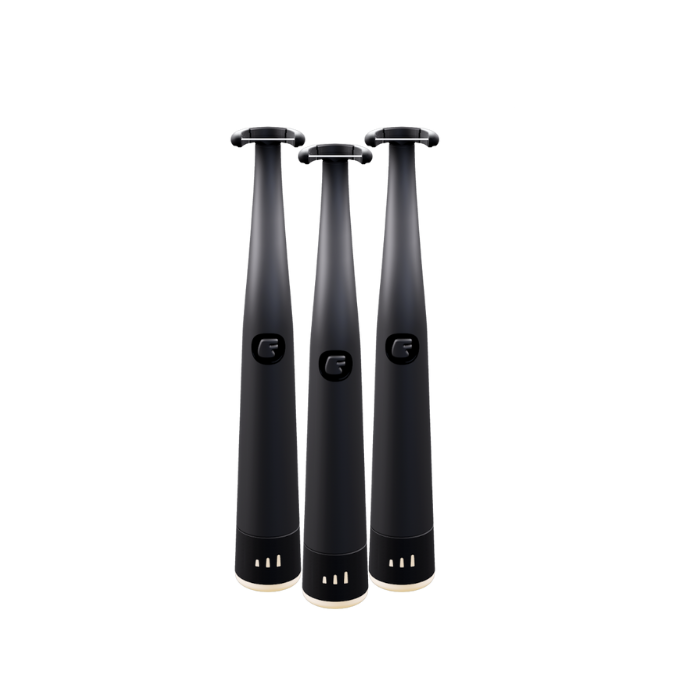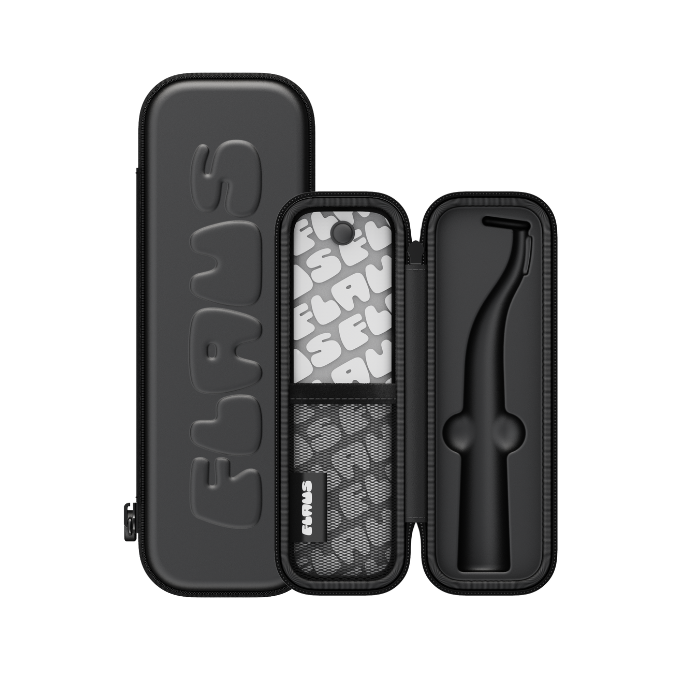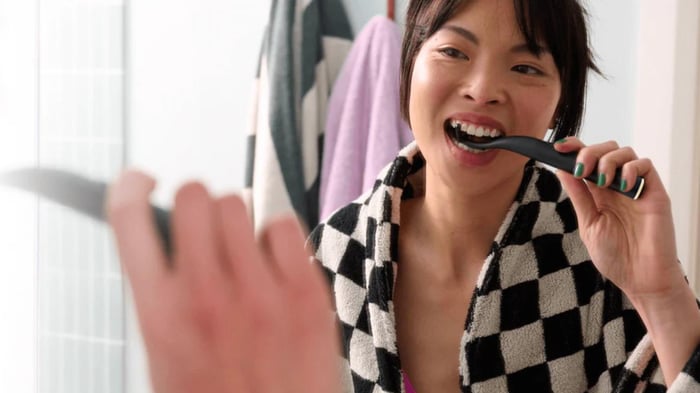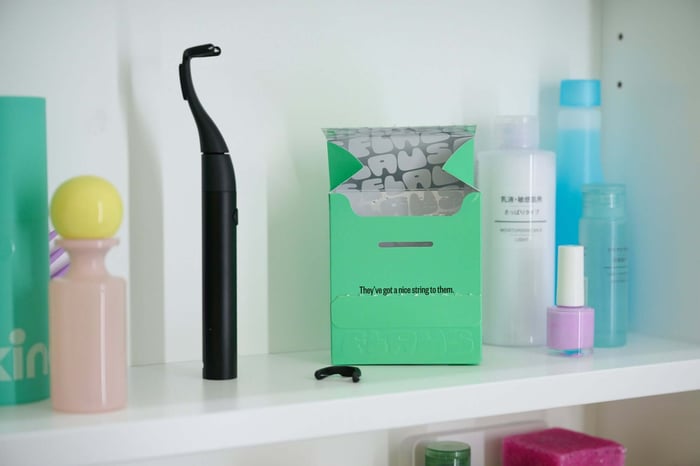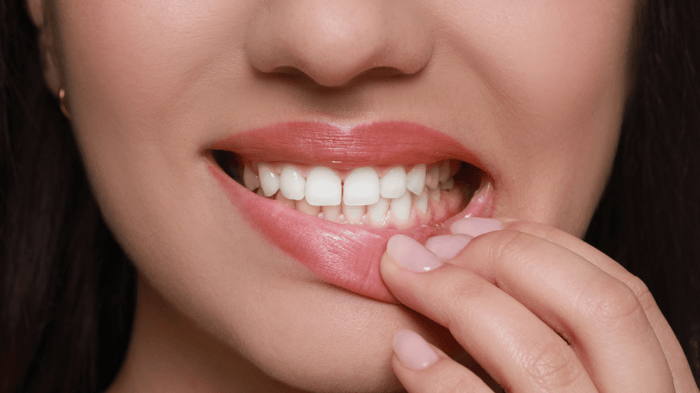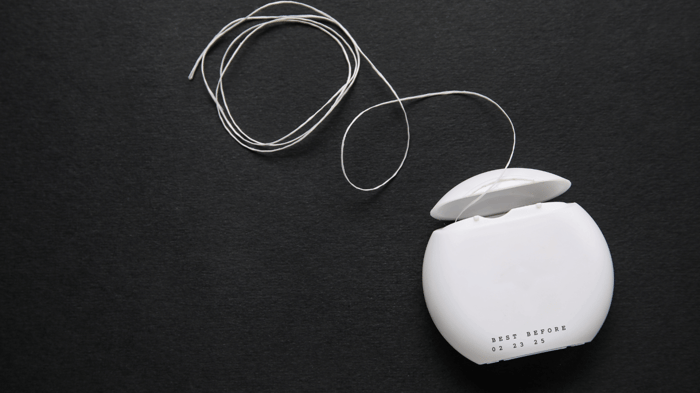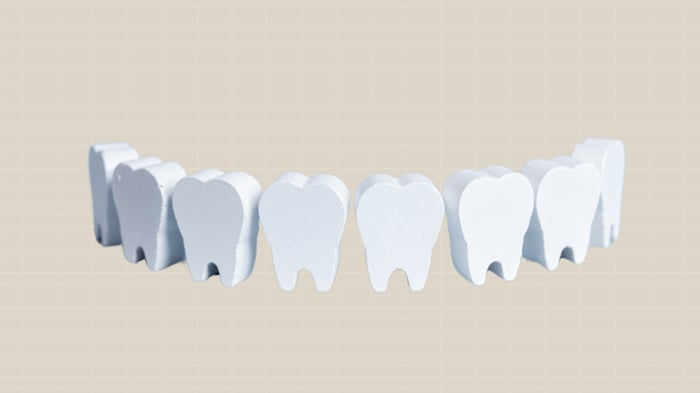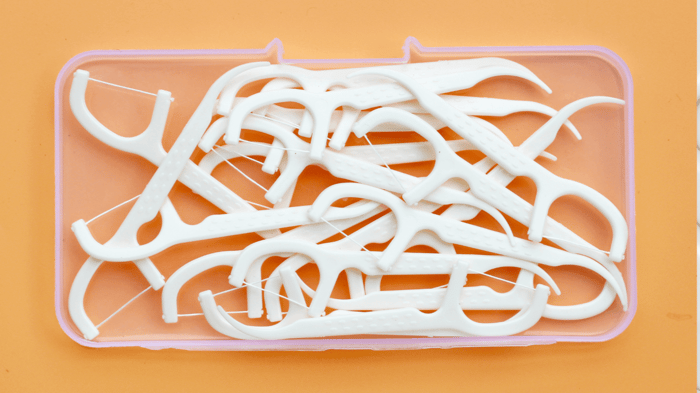Next to the coveted toothbrush, we have the ever-so humble dental floss — saving us from the embarrassing spinach leaf spec stuck in our teeth on a first date and the annoying kernel of popcorn wedged between our molars on movie night.
Some may consider floss nothing more than a dental care companion, but we see it for what it truly is — a superhero. Interested in learning more? Flaus has your back. Read on to get the low down on this healthy mouth crusader to discover when it was invented, how it got a glow up, and more. Are you ready?
Let's dive in.
What Is the History of Floss? A Superhero Origin Story
Since the beginning of modern, written history, humans have used tools. Yup, it's true — from fire to arrowheads, we've always looked for ways to improve our lives and advance ourselves. One of these ways was the all-mighty dental floss, but where did it come from?
When Did Floss Actually Get Invented?
While it's widely accepted that horse hair was used as the OG type of dental floss, the earliest iteration of modern dental floss is believed to come from a dentist in New Orleans around 200 years ago.
American dentist Dr. Levi Spear Parmly wanted to find a way to remove pesky food pieces that a toothbrush couldn't reach because he knew these food particles could potentially lead to gum irritation and disease. So, as a result, the brilliant dentist started telling his patients to clean their teeth with waxen silk threads.
In 1819, Dr. Parmly wrote a book called "A Practical Guide to the Management of Teeth," which encouraged folks to brush twice per day and floss once every day — the same standards we uphold today!
When Did Flossing Become Commonplace?
Flossing your teeth with waxy threads didn't really catch on until the second half of the 19th century, when the company Codman Shurtleff began selling unwaxed silk floss in 1882.
The delay between Dr. Parmy's invention and the stores' stocking of dental floss is often credited for the popularity of the beloved toothpick for cleaning teeth at the time. Fast forward to 15 years later, Johnson and Johnson sold the first packaged floss in 1896.
During the height of World War II, the cost of silk went through the roof. As a result, silken floss became way too expensive to produce and sell, so silk was replaced with nylon.
This bright idea came from a famous dentist by the name of Dr. Charles Bass — aka the "father of preventative dentistry."
Dr. Bass earned this clever moniker due to his insistence upon brushing twice per day and flossing once per day — sage advice that he adopted from his hero, Dr. Levi Spear Parmly.
Is Today’s Floss Any Different?
Not much has changed since the '40s, but seeing as nylon glides more easily across teeth than silk and other types of thread, we're not surprised.
Of course, waxed-treated nylon floss did eventually make an appearance, followed by dental tape in the 1950s with variations on the floss pick in the 1960s, but when all is said and done, not too much has changed!
Why Hasn't Floss Gotten With the Times?
In a world full of innovative ideas and #GlowUps, we can't help but wonder — why hasn't floss gotten with the times?
We have electric cars, electric scooters, and even electric toothbrushes… so why not electric flossers? Not to worry, friends — great minds clearly think alike because we're already a step ahead of ya! In a mission to improve the oral health game, we've created the world's first planet-friendly electric flosser. Yep, you read that right — it's electric.
Gone are the days of streams of disposable string and single-use plastic floss picks. Our totally awesome reusable flosser is USB-C chargeable, waterproof, and has a two-month battery life to boot. Not to toot our own horn or anything, but "toot, toot!" ;)
Like the humble silken floss created in the early 1800s, electric flossers may not be a huge thing just yet, but seeing as traditional floss can hurt our cute sea animals and, well… isn't that fun to use, there's no denying that electric flossers will quickly become the new norm.
Is Traditional Floss Bad for the Environment?
Hold up — traditional floss is bad for the environment?! You betcha.
Those little spools of floss are an environmental minefield. Why? Because these dental products are made out of non-biodegradable, petroleum-based plastics that are often swept up in the disposal process. Best case scenario, they end up in the landfill and, worst case scenario? In the ocean with all our sea life friends.
And because floss is designed not to tear, it can create major problems for marine life.
Simply put, along with non-recyclable packaging, traditional dental floss significantly contributes to global waste — and we're not about it. Hence why we're pretty big fans of electric flosser. #SaveTheTurtles
What Should I Know About Electric Flossers?
If saving cute sea critters isn't enough to encourage you to toss your traditional floss, you might be interested to know that electric flosser make flossing quicker, easier and as comfortable as brushing your teeth. And no, we're not just saying that because we're the creators of Flaus, but when it comes to keeping teeth clean, an electric flosser is definitely the way to go.
Designed by a team of dental and engineering experts, our eco-friendly electric flosser uses up to 18,000 sonic vibrations per 60 seconds to move quickly and gently between tight spaces, removing stubborn plaque and debris where your toothbrush can't and massaging your gums along the way. What's not to love?
Why Are We Still Sticking Our Fingers in Our Mouths?
You touch hundreds of surfaces a day, all of which contain their own little worlds of nasty germs. In fact, according to experts, our hands carry, on average more than 3,000 different germs belonging to more than 150 species — some of which can be incredibly harmful and cause infection.
What’s more, up to 10 million bacteria live on your fingertips at any given time.
In other words, your hands can be a bit gross at times. But this isn't anything new as we've known for years that our hands are often covered (and smothered) in germs and bacteria. So why are we still sticking our fingers in our mouths when we floss?!
Spoiler alert: there's really no reason — especially seeing as electric flossers like Flaus are now a thing (just saying).
Our premium, ergonomic handle gives you complete control and keeps your fingers — and uninvited germs — out of your mouth. Plus, it's nice to hold (*cough, cough* unlike traditional floss) and effectively removes stubborn bits your toothbrush can't reach, all while being sustainable, bio-friendly, and non-toxic.
Floss Just Went Next-Level: Meet Flaus
Although it may have taken over 200 years, dental floss has officially gone next level — and we couldn’t be more excited.
Not only is traditional dental floss not environmentally friendly, but we’ll be honest — flossing sucks. Trying to maneuver your hands into your mouth to pick out leftovers from lunch isn’t only uncomfortable, but it leaves you susceptible to harmful bacteria from your fingers that can make you sick. That’s why we created Flaus.
Designed by dental experts and engineers, our eco-friendly electric flosser makes flossing quick and easy. Plus, it’s as gentle on the earth as it is on your gums. With 18,000 sonic vibrations per minute, Flaus moves quickly and gently between tight teeth to remove stubborn plaque and debris where your toothbrush can’t. Our ergonomic soft-touch handle also gives you complete control while keeping your fingers right where they should be —out of your mouth!
Ready to give your oral care routine a boost? Check us out today to experience Flaus. Trust us, your mouth will thank you later.

